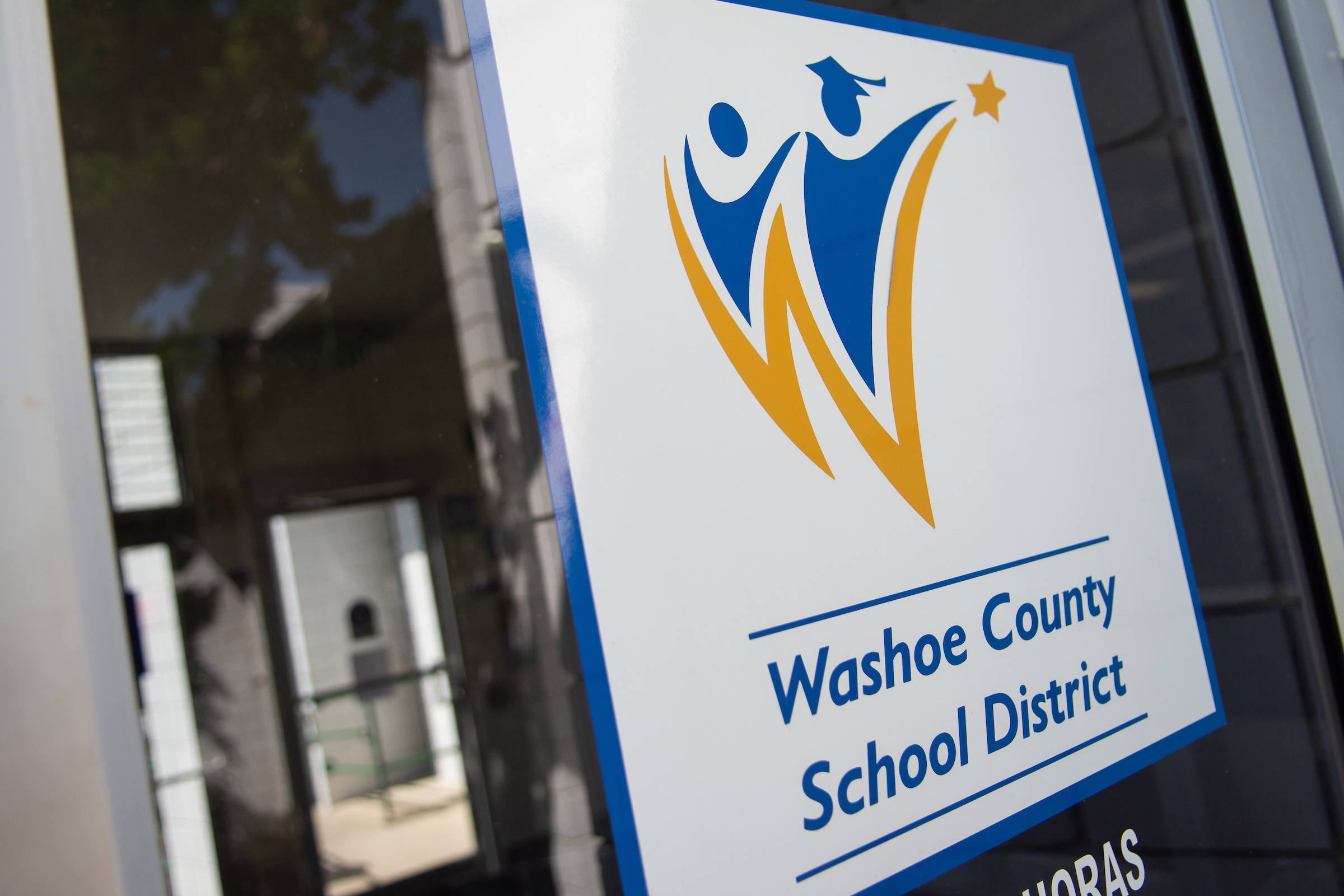How to build a hybrid school board

Once again, dissatisfaction with our largest school districts' governance has led to the introduction of legislative bills to move our two largest districts from all elected boards to a hybrid model. Simply moving to a hybrid model may not lead to a more effective board. To build a governance team focused on improving student outcomes takes careful design. Nevada already has an example of a high-functioning hybrid school board. The Nevada State Board of Education consists of elected members, appointed voting members, and appointed non-voting members.
We can take the lessons learned from the State Board of Education and apply them to build an example of a hybrid local school board. The addition of appointed members creates the opportunity to require specific member expertise. The board's appointed members should come from various stakeholder groups, resulting in broad representation and deep education system expertise. The following example school board is just an example of how a targeted board makeup could lead to a high-functioning school governance team focused on improving student outcomes: Nine members made up of three elected voting members, four appointed voting members, and two appointed non-voting members.
Our three elected members would be elected to four-year terms in political districts like the current process. These elected members would be responsible for representing the diverse interests of the voters in their political districts. One of the original goals in changing the State Board of Education from ten elected members down to just four elected members was to create fewer but more visible and competitive races.
An appointed seat on our example local school board is not a reward for being the mayor's golf buddy or helping with a commissioner's election campaign. To prevent abuse, appointed members would need to undergo a two-step selection process where a candidate is nominated by one organization then appointed by a separate organization. The current superintendent member appointment process to the State Board of Education is a perfect example. The Nevada Association of School Superintendents nominates three superintendents, and then the governor appoints one of the three nominees. A board member would be limited to three terms on the board no matter the combination of elected, appointed voting, or appointed non-voting roles they served.
Another fear people have with a hybrid model is that the school board will no longer be accountable to the voters. In our example board, all appointed voting members would be appointed by government officials who are themselves elected. Some potential appointing organizations are the county commission, city councils, the State Board of Education, the governor, and the Legislature.
The purpose of the school district is to improve student outcomes. The appointed voting members would need to come from stakeholder groups with a primary vested interest in improving student outcomes. Our example board has four appointed voting members: a parent representative, a higher education representative, a workforce representative, and an underserved community representative. These members must have experience working in support of traditional K-12 education and are not currently employed by any school district or teachers union. They serve a two-year term and could be reappointed two additional times.
The parent representative would provide parents with a dedicated board member to support them and advocate for policies to improve their children's education. Candidates for this position are parents of current school district students and are nominated by local parent groups. The higher education representative would advocate for policies that improve student college readiness and are current or recently retired college professors with experience in K-12 policy. The NSHE Board of Regents nominates three candidates for this position. The workforce representative would advocate for policies to improve student workforce readiness. Candidates for this position would be nominated by local chambers of commerce. Finally, the underserved community representative would advocate for policies that improve student access and outcomes for underserved students. Local community groups active in advocating for underserved students nominate these candidates.
One of the secrets to the current State Board of Education's success is the non-voting appointed members. While they do not have a vote, they have a voice. These members give the school board deep education system expertise and critical insight into the impact of current and potential board policy decisions. The State Board of Education would not be as effective or efficient without them. Our example board has two non-voting appointed members consisting of an educator representative and an administrator representative. Candidates for these positions need to be current or recently retired classroom educators and principals for that school district but cannot be a current union officer. They would advocate for improved student outcomes through educator and administrator workforce improvements. Three candidates would be nominated for each of these positions by the local teachers union and administrators union. As a counterbalance, the local school district superintendent would appoint one of the teacher candidates and one of the principal candidates. They would serve a one-year term and could be reappointed two additional times.
Our community continues to find itself frustrated with the governance of our two largest school districts. This example school board shows how a good governance team with broad community representation can be built using a hybrid model. The voting appointed members are from stakeholder groups with a primary vested interest in improving student outcomes. The appointed non-voting members provide the board with deep education system expertise. This example school board aims to provoke discussion about what is possible with a hybrid model. Of course, this is just one of many possible hybrid board designs. Student outcomes don't change until adult behaviors change.
Mark Newburn is the vice president of the Nevada State Board of Education. Find him on Twitter @RMarkNewburn.
